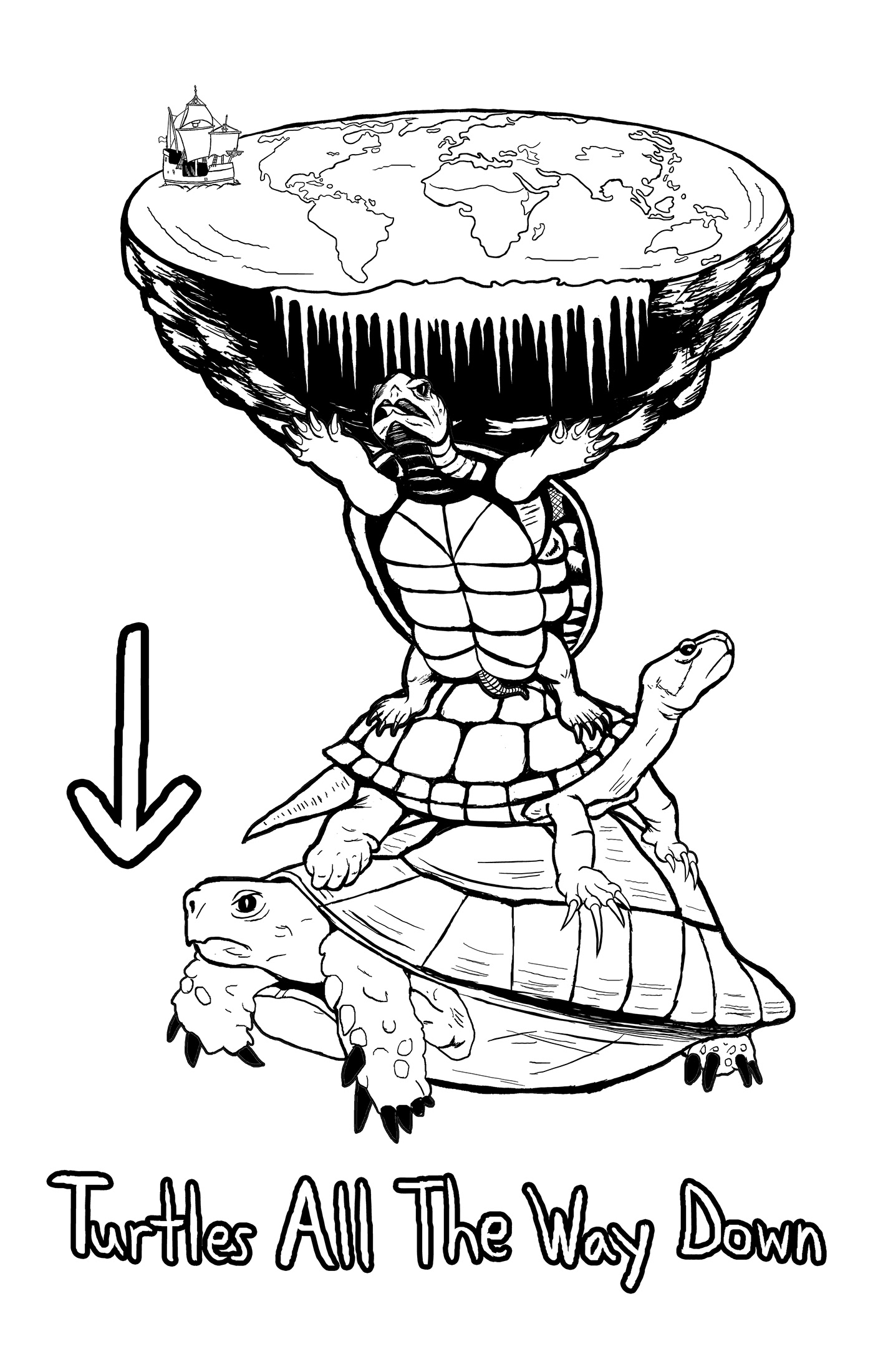

He’d write at night and at the weekend, labouring for three years with his editor at Booklist, a children’s author herself, to turn it into something that was ready to send out to publishers. His first novel, 2005’s Looking for Alaska, was written while he was working as a publishing assistant and production editor at the book review journal Booklist, entering data and reviewing books and slowly realising this might be something he could do himself. I seem to have to figure it out anew each time.” I think that’s part of the reason my books have come out relatively slowly.
TURTLES ALL THE WAY DOWN HOW TO
“I remember thinking when I was writing my first book, ‘The great thing if I get the opportunity to do this again will be that I will then know how to write a book.’ Then when it came time to write my second book, I was like, ‘I have no idea how to write a book,’ and each time that was the case. But “it’s also true that I felt very scared of writing, because I was in the shadow of this success”, he says, admitting to being “super nervous” about the next novel’s reception. There were “a few abandoned novels along the way that got kind of scrapped for parts”. “In one way it gave me the luxury of time, the ability to take as long as I wanted,” says Green. When writing my second book, I was like, ‘I have no idea how to write a book.' I have to figure it out anew each time That novel was inspired by the time Green spent working as a chaplain in a children’s hospital after university it has now sold more than 23m copies, been adapted into a hugely successful film, and seen Green named one of the 100 most influential people by Time magazine. It has been nearly six years since Green topped the charts with his sharp, funny, moving story of the romance between two teenagers with cancer, The Fault in Our Stars. There’s also Daisy’s burgeoning fame as a Star Wars fan fiction writer, Pickett’s decision to leave his fortune to his pet tuatara (a kind of large reptile) and, of course, romance, friendship and high school. While the novel is filtered through Aza’s perspective, OCD is only one theme.

Daisy convinces Aza that they’ll be able to find Pickett and claim the reward, and the wannabe detectives hop into Aza’s old canoe and paddle down the river to the Pickett mansion. Aza, it turns out, used to know his son Davis because they’d “gone to Sad Camp together … this place down in Brown County for kids with dead parents”. The novel opens as the girls hear on the radio about the $100,000 reward which has been offered for a fugitive billionaire, Russell Pickett. For a long time it was hard “to talk directly about it, and I felt a lot of embarrassment” part of writing it into his fiction was a desire “to find some kind of form or expression that would shake it out from within me and allow me to look at it”.Īza – or Holmesy, as she is known to her best friend, Daisy – is Green’s narrator. Green has “had this obsessive thinking problem” since childhood.


 0 kommentar(er)
0 kommentar(er)
